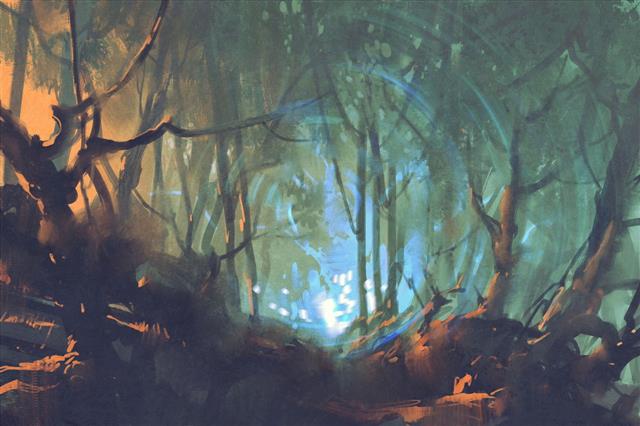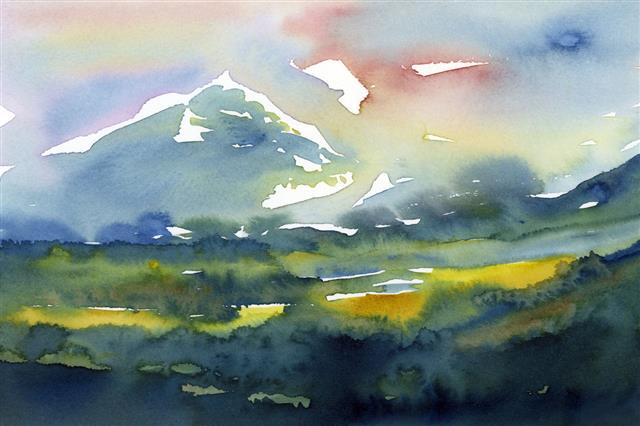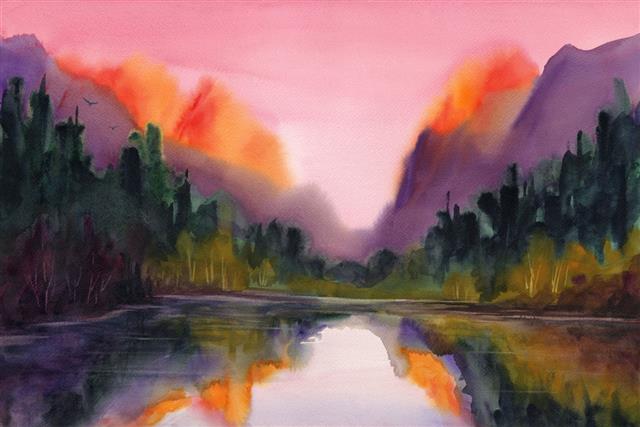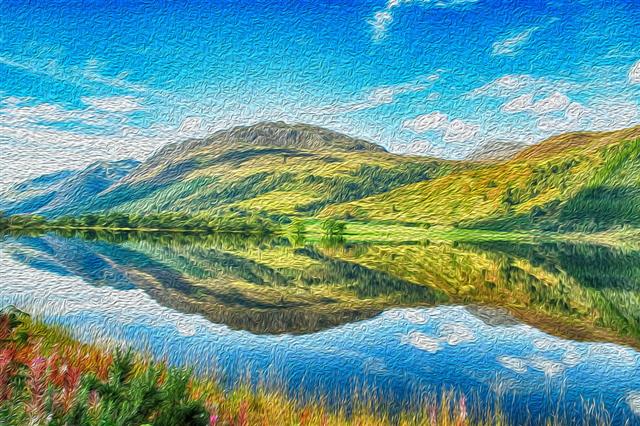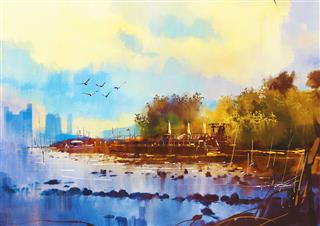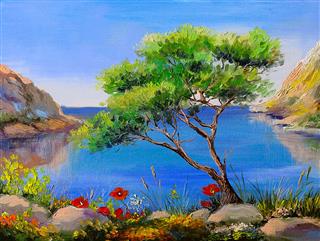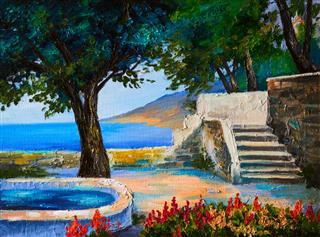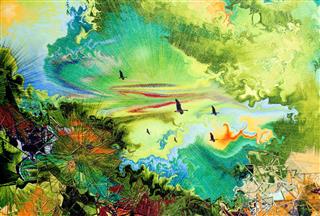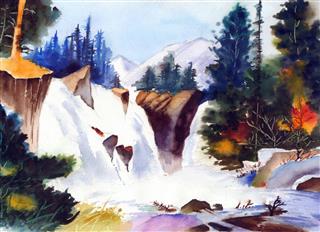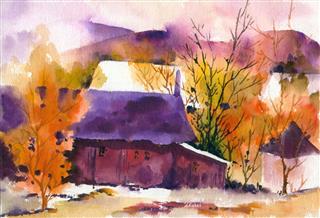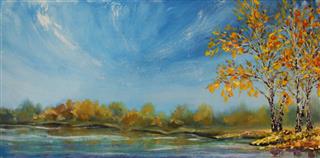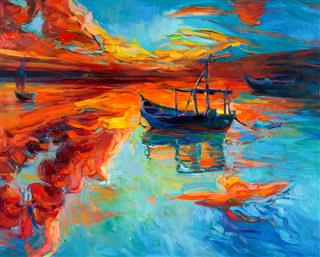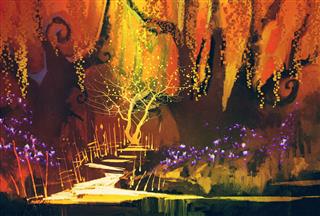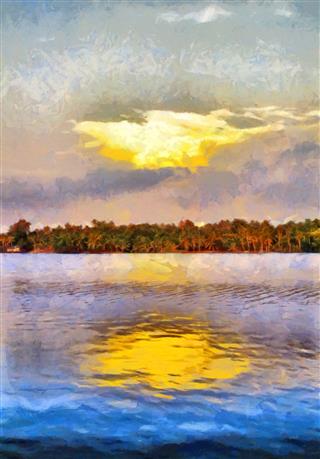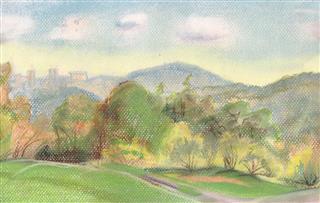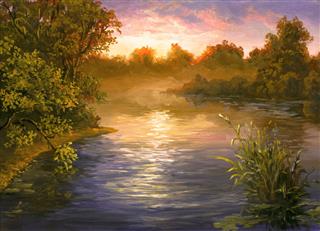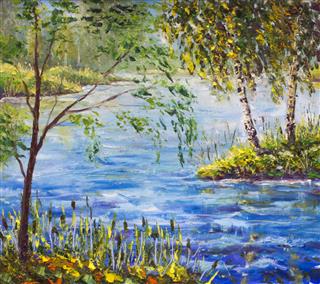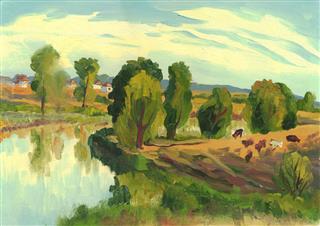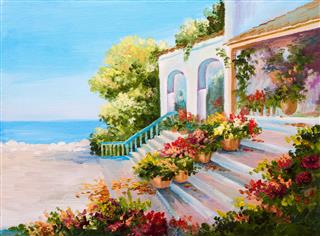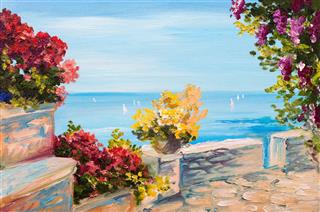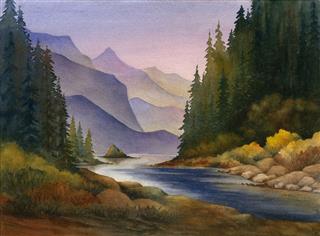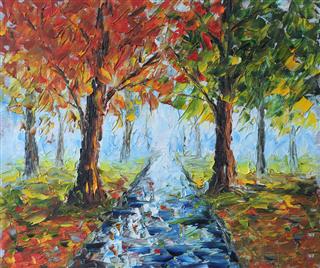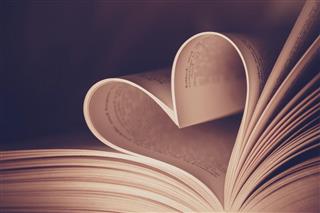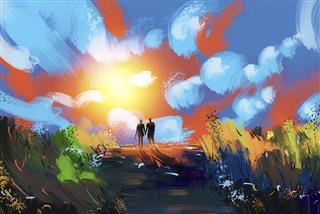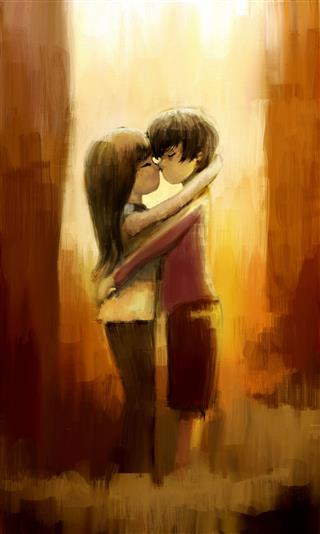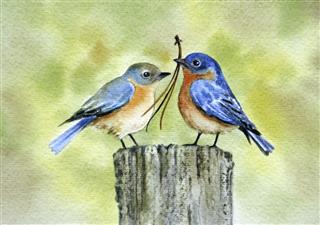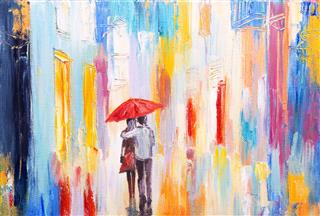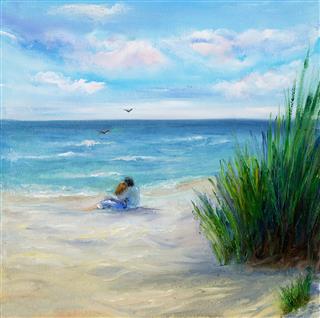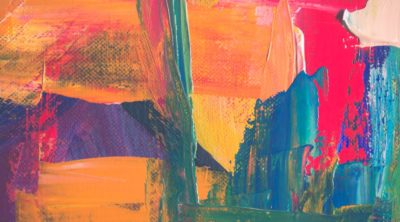
Romanticism is an important social, intellectual, as well as a literary movement which began in Western Europe during the 17th century and flourished till the second half of the 18th century. Its peculiarities which reflect in the artistic, literary and intellectual works of that period, continue to influence artists even in this century.
Romanticism
Romanticism emerged as a reaction against ‘The Age of Enlightenment’, which emphasized on reason and logic. Pioneers of the Romantic period wanted to break away from the conventions of the Age of Enlightenment and make way for individuality and experimentation.
Emergence of the Romantic Movement
The Romantic movement is said to have emerged in Germany, although the main source of inspiration came from the events and ideologies of the French Revolution. The Industrial Revolution, which began during the same period, is also said to be responsible for the development of this movement.
Did You Know?
Though Romantic elements had been present in art and literature for several centuries, it was the publication of ‘Lyrical Ballads’, a collection of poems by William Wordsworth and Samuel Taylor Coleridge, in 1798 that ushered forth the Romantic period.
Features of Romanticism
Literature and Romanticism
Literature was the first branch of art to be influenced by the waves of Romanticism, although the concepts remain the same in all the art forms.
Love of Nature
The Romantics greatly emphasized on the importance of nature and the primal feelings of awe, apprehension and horror felt by man when in communion with the sublimity of it. This was mainly because of the industrial revolution, which had shifted life from the peaceful, serene countryside towards the chaotic cities, transforming man’s natural order. Nature was not only appreciated for its visual beauty, but also revered for its ability to help the urban man find his true identity.
Emotions Vs. Rationality
Unlike the Age of Enlightenment, which focused on rationality and intellect, Romanticism placed human emotions, feelings, instinct and intuition above everything else. While the poets in the era of rationality adhered to the prevalent rules and regulations while selecting a subject and writing about it, the Romantic writers trusted their emotions and feelings to create poetry.
This belief can be confirmed from the definition of poetry by William Wordsworth, where he says that “Poetry is the spontaneous overflow of powerful feelings ; it takes its origin from emotion recollected in tranquility.” The emphasis on emotions also spread to the music created in that period, and can be observed in the compositions made by musicians like Weber, Beethoven, Schumann, etc. Beethoven played an important role in the transition of Western music from the Classical to the Romantic age.
Artist, the Creator
As the Romantic period emphasized on human emotions, the position of the artist or the poet also gained supremacy. In the earlier times, the artist was seen as a person who imitated the external world through his art. However, this definition was mooted in the Romantic era and the poet or the painter was seen as a creator of something which reflected his individuality and emotions.
The Romantic Perception of the Artist
The Romantic perception of the artist as the creator is best encapsulated by Caspar David Friedrich, who remarked that “the artist’s feeling is his law”. It was also the first time that the poems written in the first person were being accepted, as the poetic persona became one with the voice of the poet.
Nationalism
The Romantics borrowed heavily from the folklore and the popular local art. During the earlier eras, literature and art were considered to belong to the high-class educated people, and the lower classes were not considered fit to enjoy them. Also, the language used in these works used to be highly lyrical, which was totally different from what was spoken by people. The Romantic artists didn’t follow these norms, they resepected and encouraged art in every form.
Romantic artists took no shame from being influenced by the folklore that had been created by the masses or the common people, and not by the literary works that were popular only among the higher echelons of the society.
Apart from poetry, adopting folk tunes and ballads was one of the very important characteristics of Romantic music. As the Romantics became interested and focused upon developing the folklore, culture, language, customs and traditions of their own country, they developed a sense of Nationalism which reflected in their works. Also, the language used in Romantic poems was simple and easy to understand by the masses.
Exoticism
Along with Nationalism, the Romantics developed the love of the exotic. Hence, far off and mysterious locations were depicted in many of the artistic works from that period. Though this was not exactly apposite to the Romantic ideal of Nationalism, separate factions were never formed. Exoticism is also one of the most prominent characteristics in art, along with sentimentality and spirituality.
Supernatural
An important characteristic of this movement is the belief in the supernatural. The Romantics were interested in the supernatural and included it in their work. Gothic fiction emerged as a branch of Romanticism after Horace Walpole’s 1764 novel The Castle of Otranto.
Gothic Romance
The Romantics’ fascination for the mysterious and the unreal also led to the development of Gothic romance, which became popular during this period. Supernatural elements can also be seen in Coleridge’s Kubla Khan’, ‘The Rime of the Ancient Mariner’ and Keats’ La Belle Dame Sans Merci.
As no Romantic artist followed any strict set of rules or regulations, it is difficult to define the characteristics of this movement accurately. Nevertheless, some of these characteristics are reflected in the works of that period. Though many writers and critics have called this movement “irrational”, it cannot be denied that it was an honest attempt to portray the world, especially the intricacies of the human nature, in a paradigm-shifting way.
